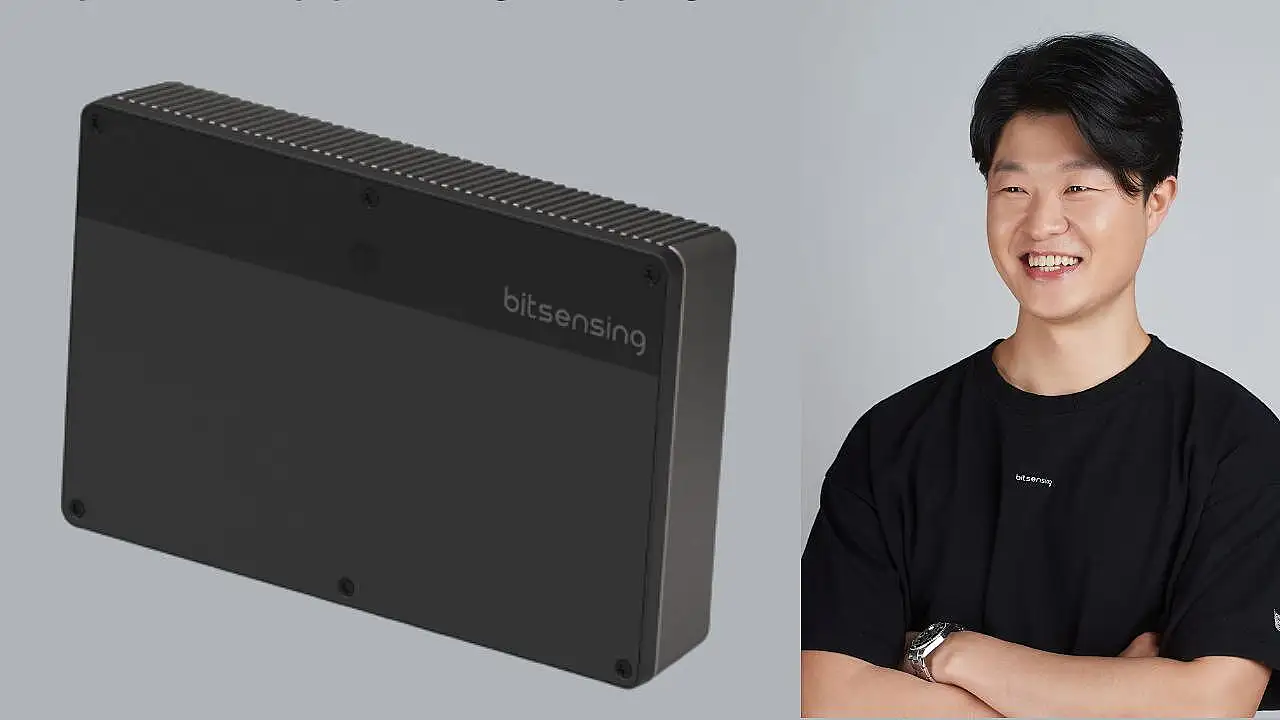
With software defined vehicles (SDVs) becoming a reality, imaging radar technology will not just be an added feature but a core component that can drastically impact performance, safety, and user experience.
Jae-Eun Lee, CEO, bitsensing, an imaging radar technology company based in Korea, told Mobility Outlookthat the company is expecting significant growth in the upcoming years. “We are already working with a top-tier OEM to complete mass production of a 4D imaging radar system until 2024. We are also discussing with a leading global chipset manufacturer in this field,” he said.
According to Lee, the emergence of SDVs represents a paradigm shift in automotive design where software, rather than hardware, defines a large part of a vehicle's functionality, capabilities, and user experience. In this new era, imaging radar technology can offer OEMs several competitive advantages, including enhanced safety, flexibility & scalability, cost efficiency, data collection & insights, integration with other systems and support for V2X communication.
Since its conception in the late 19th century, radar technology has been an instrumental tool primarily for military applications. As it evolved, it found its way into industries such as aviation, marine and, now, the automotive sector. However, the true revolution in radar sensing began with imaging radar, which can discern detailed object characteristics beyond just their presence.
Until now, due to limited resources, most industrial radar was limited to horizontal vision and could not fully/accurately visualise surroundings. With groundbreaking discoveries, radar technology now has the capability for vertical vision in addition to horizontal.
This generates a complete 3D space to visualise the entire area, and this is imaging radar technology, said Lee. 'With the integration of 1D velocity data and 3D spatial information, we now have what is termed as 4D radar,' he added.
Improved Clarity
By improving the strength of the radar and ultimately creating a 4D imaging radar, it is possible to collect 4D point clouds. These deliver the estimation of object length for reliable object classification. This core data uses over 100 times more points than conventional radars, detecting movement and form factors of all surrounding objects.

Drivers and passengers can rest easy knowing that 4D point clouds classify all objects in the environment, be it a truck, bus, car, bridge etc. They also highlight height information, which allows vehicles to detect if an object is stationary and cannot pass in front or, alternatively, if it is a bridge that a car can pass on.
Over the years, improvements in antenna design, signal processing and computational capabilities have enabled the evolution of 4D imaging radar. These advancements allow the technology to capture high-resolution, dynamic scenarios in real-time and in challenging environmental conditions such as fog, rain, etc.
No longer restricted to merely detecting velocity and horizontal spatial data, this next-gen radar captures elevation, rendering a comprehensive 3D spatial image along with velocity data. 'In essence, imaging radar now paints a meticulous portrait, capturing the intricate dance of objects in terms of their range, speed, and angular motion as they traverse through time,' said Lee.
These attributes drive the deployment of 4D imaging technology in various quarters and have helped the industry grow over four-fold in five years. The potential of imaging radar goes beyond just overcoming weather challenges — its ability to capture rich and high-resolution data allows AVs to perceive objects and their surroundings more comprehensively.
As Lee put it, this newfound sensor-level understanding can greatly improve autonomous vehicles' safety, reliability and efficiency. “For mobility and automotive, we work with a top-tier company as well as chipmakers to bring advanced 4D imaging radar into place. We have also partnered with Uhnder, the Texas digital imaging radar company, to enable advanced safety features for vehicles,” he added.
Smart Infrastructure
For smart infrastructure, the company works with Governments to implement its smart traffic monitoring solution on roads and has secured a few projects in Korea. “We are also discussing (with Governments) in Italy, Thailand and India,” he said.
Lee reiterated that the company has radar experts with extensive experience overseeing mass production for over ten million vehicles. This is “unique to bitsensing, as most companies in this field do not possess this critical experience”.
According to him, this gave the company a distinct advantage when it comes to the actual implementation of automotive radar in commercial vehicles. “We have also been trusted by Tier-1 suppliers for showing high performance in 4D imaging radar after the demo trial. bitsensing is also fast-paced, and handles customer needs directly in-house, enabling fast response,” he explained.
Also Read:
ZF Builds On ADAS Safety Functions With Launch Of Next-Gen Mid-Range Radar